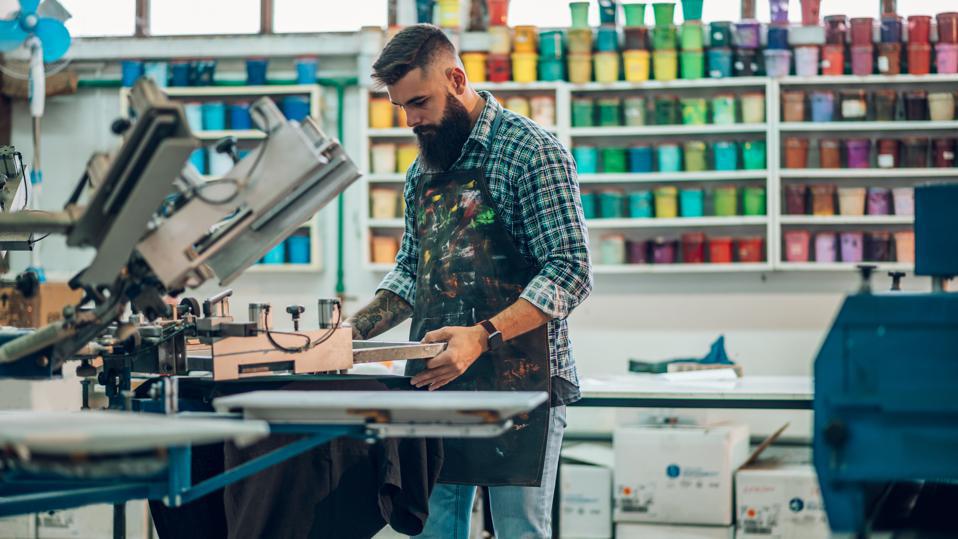Before you print, you need a design that reflects your brand's goals. If you're starting a t-shirt business to showcase your own drawings, paintings or digital designs, you'll need to save them as a suitable digital file (usually a vector file such as .eps) that can be used by your chosen printing service. If you're creating a very intricate design, it's a good idea to do a test print to make sure everything will print clearly on the shirt. If you're just getting started with design, there are plenty of free tutorials for creating designs using Adobe Photoshop or Canva.
There are also thousands of great artists available to hire for work through websites like Creative Market, Fiverr, Upwork, etc. Once you find an artist, you can buy their work outright, but if you have a good relationship with the artist and would like to continue working together in the future, a profit-sharing relationship may be more sustainable in the future.
If you're stuck for ideas, you can get inspiration for new designs by looking at the number of t-shirt sales on Etsy or using Jungle Scout (a tool that shows how many items have sold on Amazon). Additionally, searching Google Trends for different slogans you'd like to design on your shirts will help you see which ones are the most popular and likely to sell the most.
Once your design is complete, your customers will want to see how their t-shirts look on a real person. Placeit is an easy-to-use service that gives you lots of photos of blank t-shirt products that you can place your design on. You can also check out stock photo packages that contain photos of people wearing blank shirts and place your design on them yourself using Photoshop.
Finally, if you have the time and connections, you could even hire a local photographer to photograph models to get more dynamic action shots. It all depends on your budget and how many shirts you want to produce.


